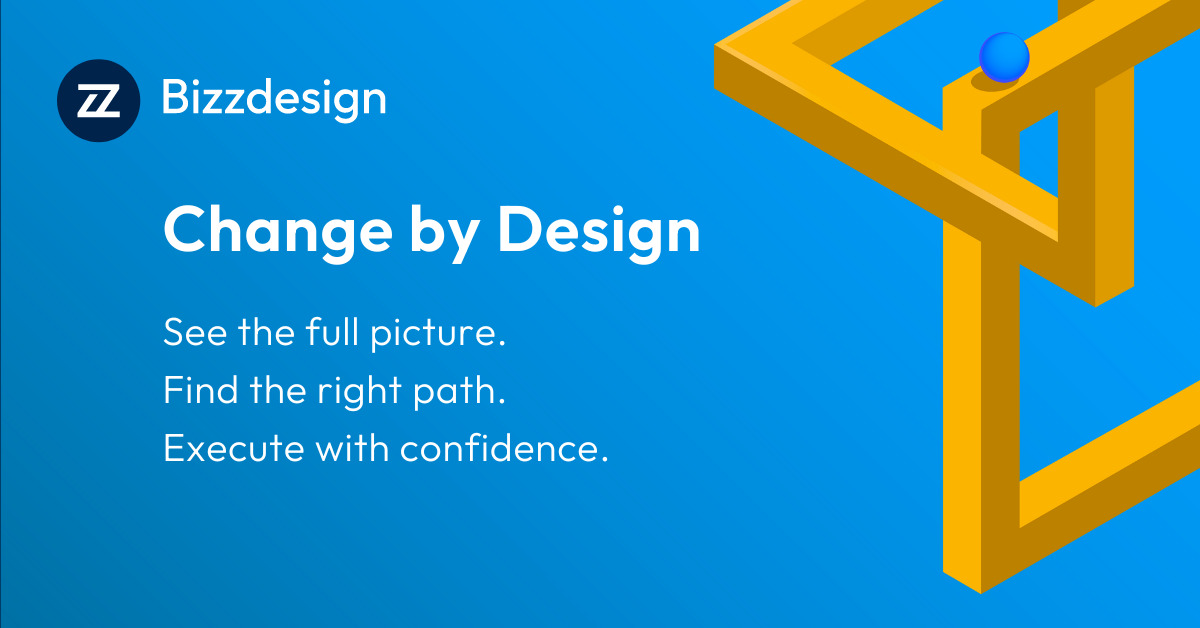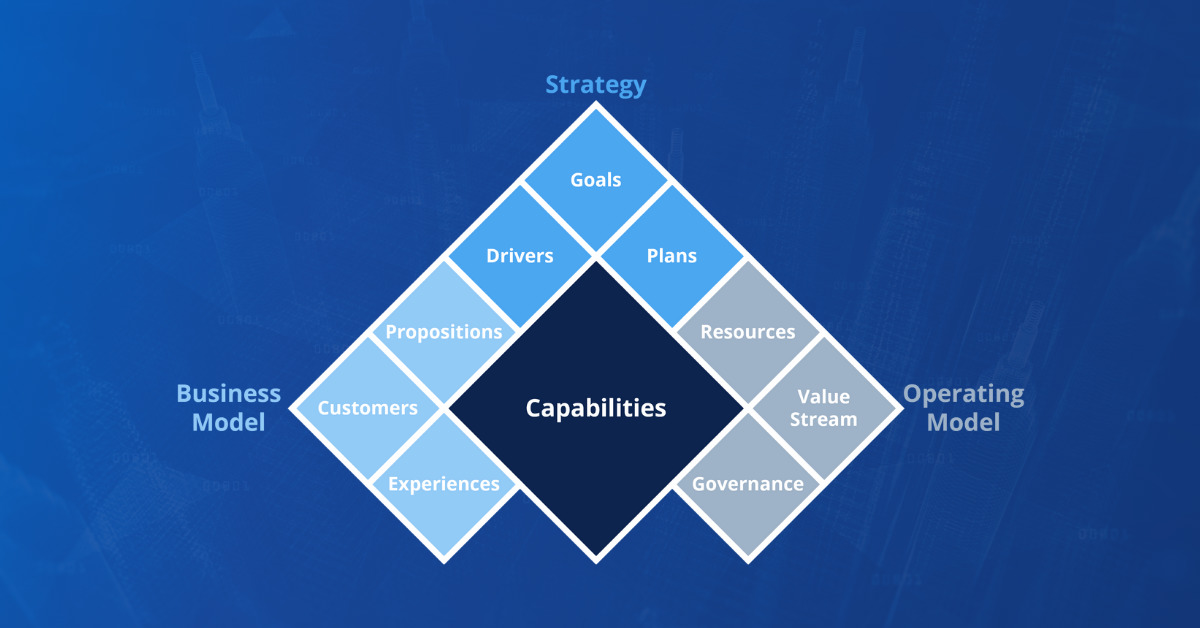
Navigating the Landscape: The Best Enterprise Architecture Tools in Gartner's Magic Quadrant
Introduction
In today's rapidly evolving technological landscape, it is crucial for enterprises to have a strong and effective enterprise architecture in place. This allows organizations to align their business strategies with their IT initiatives, improve operational efficiency, and drive innovation. However, choosing the right enterprise architecture tools can be a daunting task, given the plethora of options available in the market. To help organizations make informed decisions, Gartner releases its annual Magic Quadrant report that evaluates and positions the top enterprise architecture tools based on various criteria such as completeness of vision and ability to execute.
The Importance of Enterprise Architecture Tools
Enterprise architecture tools play a pivotal role in enabling organizations to effectively manage their complex IT ecosystems. These tools provide a holistic view of an organization's IT infrastructure, applications, processes, and data, allowing enterprises to identify inefficiencies, optimize resources, and mitigate risks. By leveraging enterprise architecture tools, businesses can streamline their IT operations, enhance decision-making capabilities, and drive digital transformation initiatives.
Understanding Gartner's Magic Quadrant
Gartner's Magic Quadrant is a renowned research methodology that evaluates technology vendors across various industries. The quadrant positions vendors based on two key dimensions: completeness of vision and ability to execute. Vendors are categorized into four quadrants: Leaders, Challengers, Visionaries, and Niche Players. Being positioned as a Leader in Gartner's Magic Quadrant signifies that an enterprise architecture tool is highly regarded for its comprehensive features, strong market presence, and proven track record.
Gartner Monitoring Magic Quadrant 2022: Key Insights
The Gartner Monitoring Magic Quadrant for 2022 provides valuable insights into the top enterprise architecture tools available in the market today. Let's take a closer look at some of the key findings from this report:
Leaders in Enterprise Architecture Tools
- Content: According to Gartner, the top enterprise architecture tools in the Leaders quadrant offer a broad range of capabilities, including robust modeling and visualization features, integration capabilities, and support for industry standards. These tools are known for their scalability, flexibility, and ability to adapt to changing business needs.
- Content: The enterprise architecture tools positioned as Leaders in Gartner's Magic Quadrant typically offer features such as advanced analytics, collaborative capabilities, real-time monitoring, and integration with other IT management tools. These tools enable organizations to gain deep insights into their IT infrastructure and make data-driven decisions.
Challengers in Enterprise Architecture Tools
- Content: The Challengers quadrant in Gartner's Magic Quadrant comprises enterprise architecture tools that have strong execution capabilities but may lack certain advanced features or market presence. These tools are often suitable for organizations with specific requirements or niche use cases.
- Content: Some key differentiating factors of enterprise architecture tools in the Challengers quadrant include a focus on specific industries or verticals, niche functionality, or unique value propositions that cater to specific customer needs.
Visionaries in Enterprise Architecture Tools
- Content: The Visionaries quadrant includes enterprise architecture tools that demonstrate a strong vision for future development and innovation. These tools may not yet have the same level of market presence as Leaders but offer unique features or approaches that differentiate them from their competitors.
- Content: Visionary enterprise architecture tools often introduce disruptive technologies or novel approaches to address emerging industry trends or challenges. These tools may appeal to organizations looking for innovative solutions or those operating in niche markets.
Niche Players in Enterprise Architecture Tools
- Content: The Niche Players quadrant consists of enterprise architecture tools that have limited market presence or may cater to specific customer segments or use cases. While these tools may not offer the same breadth of functionality as Leaders, they can still provide value for organizations with unique requirements.
- Content: Niche Player enterprise architecture tools often excel in specific areas or offer specialized functionality that addresses specific pain points or industry challenges. These tools may be suitable for organizations seeking targeted solutions or those with highly specific needs.
Gartner Monitoring Magic Quadrant 2023: Emerging Trends
The Gartner Monitoring Magic Quadrant for 2023 provides a glimpse into the emerging trends and developments in the enterprise architecture tools landscape. Here are some noteworthy insights from this report:

Embracing Artificial Intelligence and Machine Learning
- Content: Several enterprise architecture tools are integrating artificial intelligence and machine learning capabilities to provide advanced analytics and insights. These AI-driven features enable organizations to proactively identify patterns, predict potential issues, and optimize their IT operations.
- Content: Automation is becoming increasingly prevalent in enterprise architecture tools, helping organizations streamline their processes and reduce manual efforts. By automating repetitive tasks, these tools free up valuable resources and allow IT teams to focus on strategic initiatives.
Cloud-Native Approaches and Hybrid Environments
Sub-Cloud-Native Architecture Support
- Content: With the growing adoption of cloud technologies, enterprise architecture tools are now offering support for cloud-native architectures. These tools enable organizations to design, deploy, and manage applications that leverage the scalability and flexibility of the cloud.
Sub-Hybrid Environment Management
- Content: As organizations continue to operate in hybrid IT environments, enterprise architecture tools are evolving to provide seamless management capabilities across on-premises and cloud infrastructure. These tools facilitate the integration and orchestration of resources in hybrid environments.
Top Enterprise Architecture Tools in Gartner's Magic Quadrant
Gartner's Magic Quadrant report features several top enterprise architecture tools that have consistently demonstrated excellence in the field. Let's explore some of these leading tools:
Tool A
Sub-Overview of Tool A
- Content: Tool A is positioned as a Leader in Gartner's Magic Quadrant for its comprehensive set of features, scalability, and strong market presence. It offers advanced modeling capabilities, real-time monitoring, and seamless integration with other IT management tools.
Sub-Key Features of Tool A

- Content: Some key features of Tool A include robust analytics and reporting functionalities, collaborative capabilities, support for industry standards such as TOGAF, and a user-friendly interface. It enables organizations to gain deep insights into their IT landscape and make informed decisions.
Tool B
Sub-Overview of Tool B
- Content: Tool B is recognized as a Visionary in Gartner's Magic Quadrant for its innovative approach to enterprise architecture management. It offers unique functionality such as AI-driven analytics, automation capabilities, and support for emerging industry trends.
Sub-Differentiating Factors of Tool B
- Content: What sets Tool B apart is its focus on leveraging artificial intelligence and machine learning to provide advanced insights and automate processes. It caters to organizations looking for cutting-edge solutions and those aiming to embrace digital transformation initiatives.
Tool C
Sub-Overview of Tool C
- Content: Tool C is positioned as a Niche Player in Gartner's Magic Quadrant, offering specialized functionality for specific customer segments or use cases. It may not have the same level of market presence as Leaders but provides unique value propositions.
Sub-Specialized Functionality of Tool C
- Content: Tool C excels in providing tailored solutions for organizations with unique requirements or operating in niche markets. It may offer features such as integration with industry-specific frameworks, customizable templates, or specialized reporting capabilities.
FAQs
FAQ 1: What are enterprise architecture tools?
Answer: Enterprise architecture tools are software applications that enable organizations to manage their IT infrastructure, applications, processes, and data in a holistic manner. These tools provide insights into an organization's IT landscape, facilitate decision-making, and support strategic planning.
FAQ 2: Why should organizations invest in enterprise architecture tools?
Answer: Investing in enterprise architecture tools allows organizations to optimize their IT operations, streamline processes, and align business objectives with IT initiatives. These tools provide visibility into an organization's IT ecosystem and help drive digital transformation efforts.
FAQ 3: How does Gartner's Magic Quadrant help in selecting enterprise architecture tools?
Answer: Gartner's Magic Quadrant provides an unbiased evaluation of enterprise architecture tools based on various criteria such as completeness of vision and ability to execute. The report positions vendors in Click for info different quadrants, enabling organizations to make informed decisions based on their specific requirements.
FAQ 4: What factors should organizations consider when choosing enterprise architecture tools?
Answer: When selecting enterprise architecture tools, organizations should consider factors such as scalability, flexibility, ease of use, integration capabilities, support for industry standards, and vendor reputation. It is essential to align the tool's features with the organization's specific needs.
FAQ 5: Can enterprise architecture tools help in driving digital transformation?
Answer: Yes, enterprise architecture tools play a crucial role in driving digital transformation initiatives. These tools provide insights into an organization's IT landscape, identify areas for improvement, and enable the alignment of business strategies with IT capabilities.
FAQ 6: How often does Gartner release its Magic Quadrant for enterprise architecture tools?
Answer: Gartner releases its Magic Quadrant for enterprise architecture tools on an annual basis, providing organizations with up-to-date insights into the market and the top vendors in the industry.
Conclusion
Choosing the right enterprise Find more info architecture tool is a critical decision for organizations looking to optimize their IT operations and drive innovation. Gartner's Magic Quadrant report serves as a valuable resource for evaluating and selecting top-tier enterprise architecture tools based on their performance, functionality, and market presence. By leveraging these tools, organizations can navigate the complex technological landscape and stay ahead in today's rapidly evolving business environment.